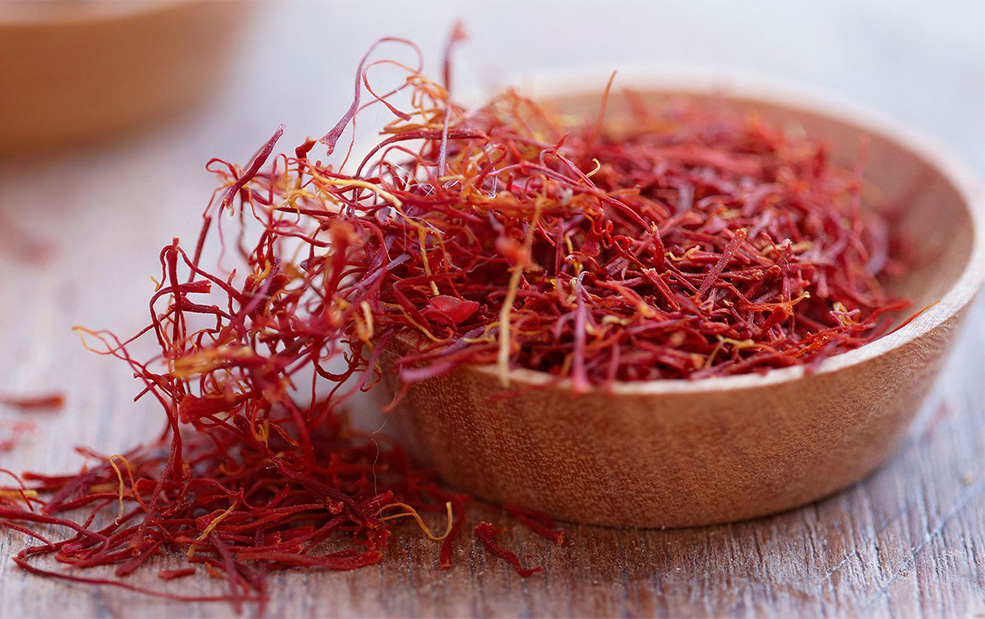Food Stuff
SAFFRON
SAFFRON
It is a plant from the genus Lilies that is obtained from the dried stigma of saffron flowers and has been one of the most expensive foods in the world throughout history and is used as a spice, dye, perfume and medicine. The plant is native to Southwest Asia and was first cultivated in Greece. At present, Iran is the largest producer of saffron in the world and about nine-tenths of the world’s saffron is produced in Iran.

OUR FOOD STUFF PRODUCTS
Saffron
full communication facilities provides services to companies operating in Iran and international businesses
Saffron played an important role in the Greco-Roman period, dating to the period between the 8th century B.C. and the 3rd century A.D. The first image of saffron in pre-Greek culture is much older and dates back to the Bronze Age. Saffron pigments found in ancient paintings, depicting animals, were deemed to be the work of 50,000 years ago in caves of present-day Iraq, northwest of the Persian Empire. The Sumerians used saffron as the main ingredient in medicines and magic potions. The Sumerians did not cultivate saffron; They collected saffron from wild flowers and believed that divine power alone could provide the medicinal properties of saffron. Such evidence suggests that long-distance saffron trade was common before saffron was cultivated in the Minoan Cret Palace, which peaked in the second millennium B.C. 3000 years ago, in Hebrew, saffron was praised as a fragrant spice. In ancient Iran, saffron was cultivated in the cities of Darband (Russia) and Isfahan, in the 10th century B.C. The strings of Iranian saffron are mixed with royal carpets and shrouds of the dead. Some researchers believe that the origin of saffron in the world is the Median province of Iran. On the other hand, some other researchers consider a wider range as the origin of saffron in the world, which includes Iran, Asia Minor, Turkey and Greece.
Most of the exported saffron is sold from Iran to other countries and Spain is the largest customer of Iranian saffron (this country is also the largest importer of saffron), followed by France, Sweden, Germany, Italy, Switzerland, Britain, the Netherlands, UAE. The United Arab Emirates, Hong Kong, China, Kuwait, Qatar, Japan and Bahrain import saffron from Iran.
Saffron has anti-depressant properties and based on traditional medicine, saffron has also been attributed refreshing and funny properties. Preventing heart disease and regulating the function of vision cells, regulating blood pressure, relieving pain and improving memory are other properties of saffron.
Saffron has a relatively longer shelf life compared to other spices. Saffron should be stored in a dry, dark, cool environment away from light and moisture. If saffron is exposed to light, it will lose its color over time and will not have the previous quality and will not have a good taste and color when used. The best container for storing saffron are metal containers and then glass containers. Also, if saffron is placed in the open air, in addition to environmental pollution, it loses its aroma.

